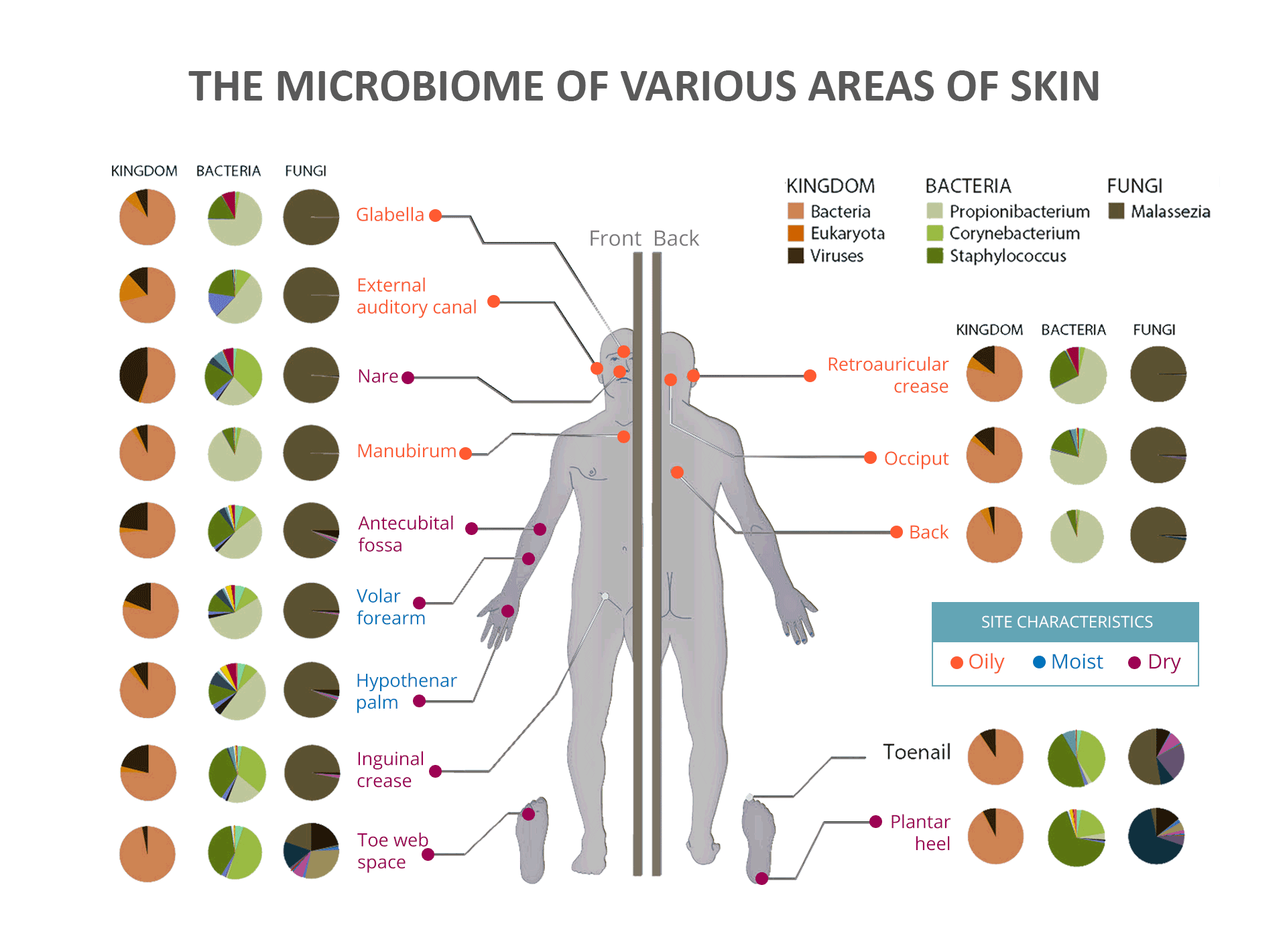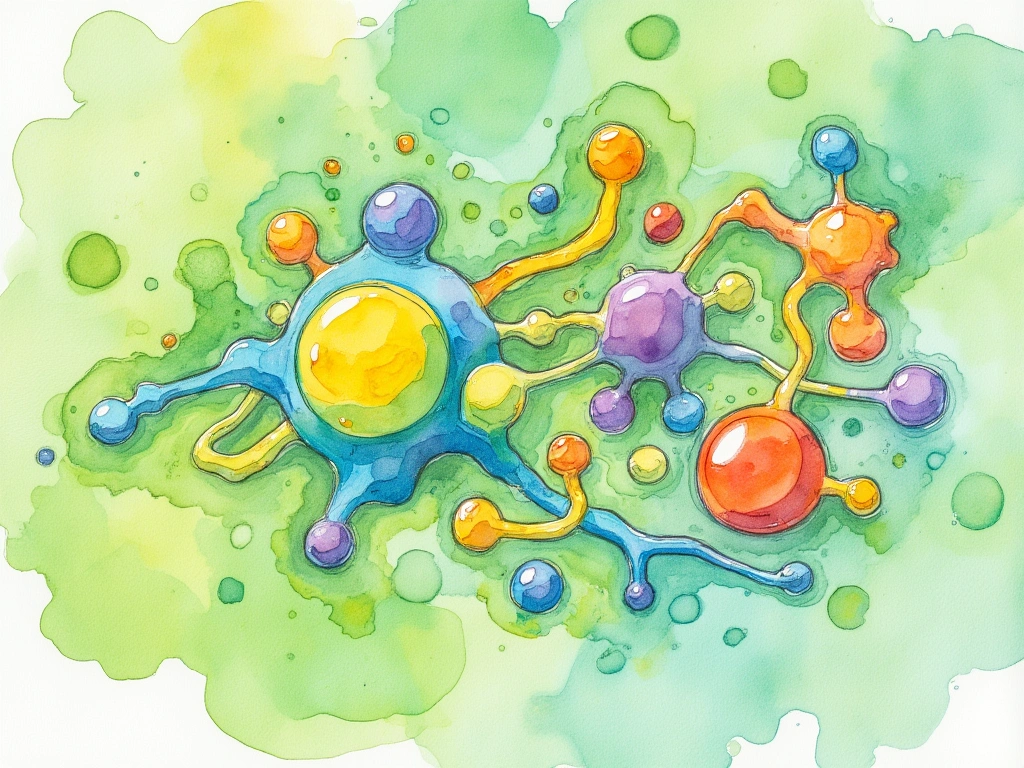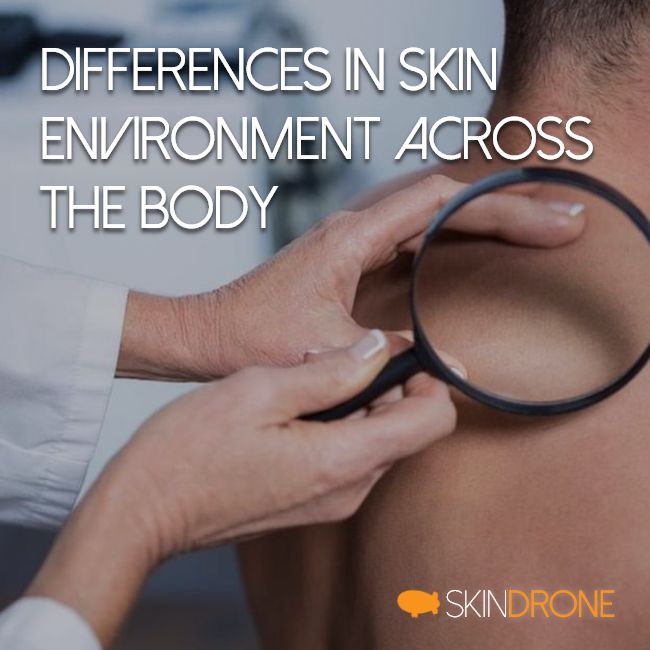- Did you know your skin isn’t the same everywhere? Just like different ecosystems on Earth, your skin varies significantly across your body.
- Oily, dry, or moist? These aren’t just skin types, they’re distinct microbial environments.
- Microbiome diversity matters: Understanding these differences is crucial for overall skin health and addressing specific skin conditions.
The skin microbiome is incredibly diverse, with significant variations from one body area to another. Discussing the “overall” skin microbiome can be misleading because skin hosts a collection of distinct ecosystems. To truly understand it, we need to examine each area separately.

Think about it simply: your palms are dry, your armpits are sweaty, and your face tends to be oily. These obvious differences are key to understanding the varied microbial landscapes on your skin.

Sebaceous (Oily) Skin Environments
Sebaceous areas, including the sides of your nostrils, behind your ears, forehead, and back, are characterized by a high concentration of sebaceous glands. These glands produce sebum, a rich oil that plays a vital role in skin protection and regulation. Interestingly, these oily zones typically exhibit the least diverse microbial populations.
These sebaceous-rich areas are often hotspots for common skin issues in adults. In healthy skin, propionibacterium (actinobacteria) species are usually the dominant and well-established residents [1].

Moist Skin Environments
Moist areas, such as the belly button, armpits, groin, soles of feet, inner elbows, and backs of knees, differ significantly from oily zones. They don’t produce much sebum and instead rely primarily on sweat for protection and hydration. Here, the most active bacteria are typically from staphylococcus (firmicutes) and corynebacterium (actinobacteria) species [2].

Dry Skin Environments
Dry areas like the forearm, hands, and buttocks, along with other areas with minimal perspiration or lubrication, present yet another distinct skin environment. These areas are documented to have the highest microbial diversity. However, this high diversity, combined with relatively low microbial numbers overall, makes it challenging to determine which microbes are permanent residents and which are just passing through.

Key Takeaways: Skin Environment and Microbiome Diversity
In summary, the skin’s environment varies significantly across the body, directly influencing the composition of its unique microbiome. Key points to remember:
- Unique Skin Areas, Unique Microbiomes: Different skin locations have distinct properties, creating varied environments that shape their microbial communities.
- Moist Skin: Sweat-Reliant and Dominated by Specific Bacteria: Moist areas prioritize sweat over sebum for protection and regulation, with staphylococcus and corynebacterium being the most common inhabitants.
- Oily Skin: Sebum-Rich and Prone to Skin Conditions: Sebaceous areas are rich in oil-producing glands, depend on sebum for defense, and are frequently affected by skin issues.
- Dry Skin: High Diversity, Transient Microbial Life: Dry zones boast the greatest variety of microbes but have a lower density, making it harder to pinpoint long-term residents.

No Comments
Be the first to start a conversation